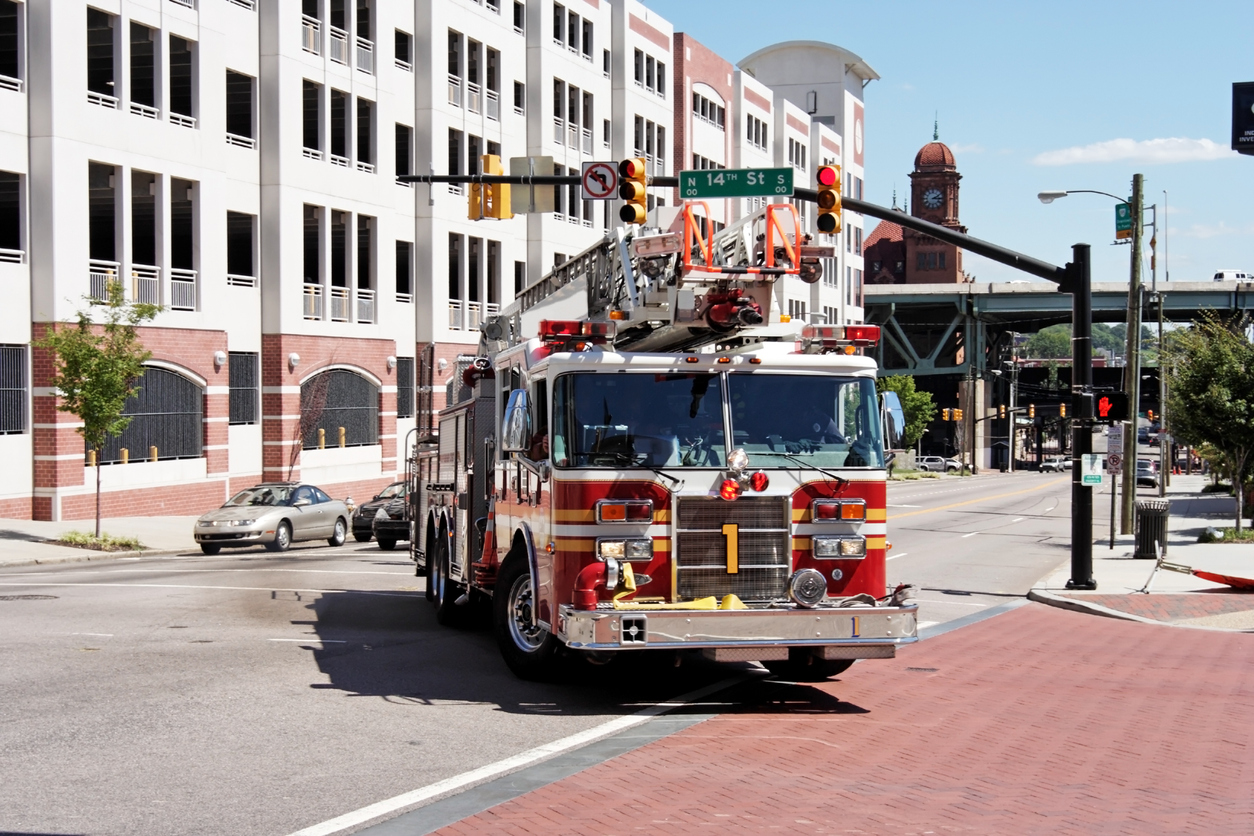
Know The Facts About California’s Proposition 6

With debate surrounding California’s Proposition 6 heating up, David Sadeghi sheds some light on what residents should know before heading to the ballot in November.
In today’s political climate, almost every issue – from healthcare to education or environmental issues – quickly becomes a hot-button topic. And California’s Proposition 6, which was submitted in a bid to repeal the 2017 Road Repair and Accountability Act, is no different.
With debate heating up ahead of the November 2018 General Election, Prop 6 aims to substantially cut existing funding for state and local transportation improvements, which critics claim would impact several thousand projects that have already been identified for funding.
Those in favor of the ballot proposal, itself a response to Proposition 69, which passed in June this year to ensure revenues from Senate Bill 1 (SB 1) will be dedicated to transportation projects, claim Prop 6 will reduce gas taxes for California residents. Those against the proposed repeal, however, argue that California roads and bridges desperately need improving, and that public safety will be at risk if these projects do not go ahead. Additionally, they claim that California’s economy will be adversely impacted if the state doesn’t improve transportation infrastructure that has deteriorated due to a reduction in the federal government’s infrastructure spending over the past few decades.
With all this in mind, here we hope to shed light on some of the key issues surrounding Prop 6, which will hopefully offer more clarity as the November election approaches.
Are California’s Roads Really That Bad?
In short – yes. Central to the argument of those against Prop 6 is the fact that a large number of California’s roads and bridges desperately need to be repaired. This is supported by a 2017 American Society of Civil Engineers report, which found that 50% of the state’s 195,834 miles of public roads were in poor condition. As such, 6,500 local transportation improvement projects are currently underway, which, according to Rebuild Socal, are broken down as follows:
- 3,727 initiatives to fix potholes and repave unsafe roads;
- 1,571 projects to improve roads and driver safety;
- 554 projects to repair or replace bridges and overpasses;
- 337 traffic congestion projects;
- 453 improvements to public transportation operations and services; and
- 442 pedestrian safety projects
Why Should Californians Pay So Much at the Pump?
It’s no secret that California has one of the highest fuel taxes in the United States (second only to Pennsylvania’s 77.10 cents/gallon tax) and the 12-cent increase that resulted from SB 1 didn’t help matters. So it’s no wonder that the repeal of SB 1 and the estimated $700-a-year fuel savings for the average family is so enticing to voters. But, while reversing Prop 69 will indeed save families several hundred dollars a year in money spent on gas, not fixing California’s roads might cost everyone more in the long run. The reason being that, according to a 2016 report by TRIP, a national transportation research group, the average California driver spends more than $739 dollars each year on car and tire repairs due to the suboptimal condition of the state’s roads.
Putting a halt on projects intended to fix key roads and bridges will ultimately mean drivers spend more on car maintenance and repairs. Perhaps more importantly though, according to Mobility 21, the repeal of Prop 69 could potentially eliminate 68,000 jobs, as well as $183 billion dollars in economic investment, throughout the state’s transportation industry.
Some Budgetary Perspective
If passed, Prop 6 would eliminate around $5 billion a year in funding that has currently been set aside for the 6,500 road and bridge safety, congestion relief, and transportation improvement projects throughout the state. And while that might seem like a significant budget, there are two key facts to consider. Firstly, California actually requires more than double that amount – over $13 billion a year over the next 10 years – to make state highway, local street and road systems safe, according to the LA Times. And secondly, with California now ranked as the world’s fifth-largest economy, $5 billion is a drop in the ocean compared with its current GDP of $2.5 trillion.
Also, aside from the size of the budget, those against Prop 6 are also determined to retain the elements of transparency and accountability guaranteed by Prop 69, which ensures that SB 1 funds must be used for transportation purposes.
Is the Controversy Around Prop 6 Overblown?
To give an idea of the scale of voter engagement in this campaign, the Yes camp secured almost a million signatures in support of the ballot initiative – with only 584,000 needed for it to be included on the official vote ballot – indicating that support for the proposition is significant. But voices against Prop 6 are gaining in volume. A number of community leaders, public safety proponents, engineers and business advocates have rallied behind a campaign to vote No to Prop 6. Some of the more than 300 organizations involved include: California Professional Firefighters, the California Association of Highway Patrolmen, the American Society of Civil Engineers and the California Chamber of Commerce.
Will My Vote Make a Difference?
If you have been following this debate from the start, you’ll know that polls are swinging for and against on an almost weekly basis. And as campaigning for both camps ramps up ahead of the vote, you can expect the vote to sway both ways right up until November 6th. So, yes, your vote will absolutely make a difference in this hotly debated ballot initiative, which will have a direct impact on both the safety of California’s roads and the pockets of California drivers.
The Bottom Line
With so much debate surrounding California’s Proposition 6, both for and against, it is important to reference official sources for the most accurate information in order to make an informed decision in the November 2018 General Election. There are convincing arguments on both sides of the ballot proposal, but ultimately it seems to boil down to a question of the short-term savings on one hand vs. the safety benefits and the state’s long-term economic competitiveness on the other – and some citizens will be in a better financial position to opt for the benefits of infrastructure investment than others.
About the Author

 X
(Twitter)
X
(Twitter)
 Facebook
Facebook LinkedIn
LinkedIn Copy
Link
Copy
Link Email
Email

